from 0 review
03 Nights / 04 Days
Specific Tour
Unlimited
___
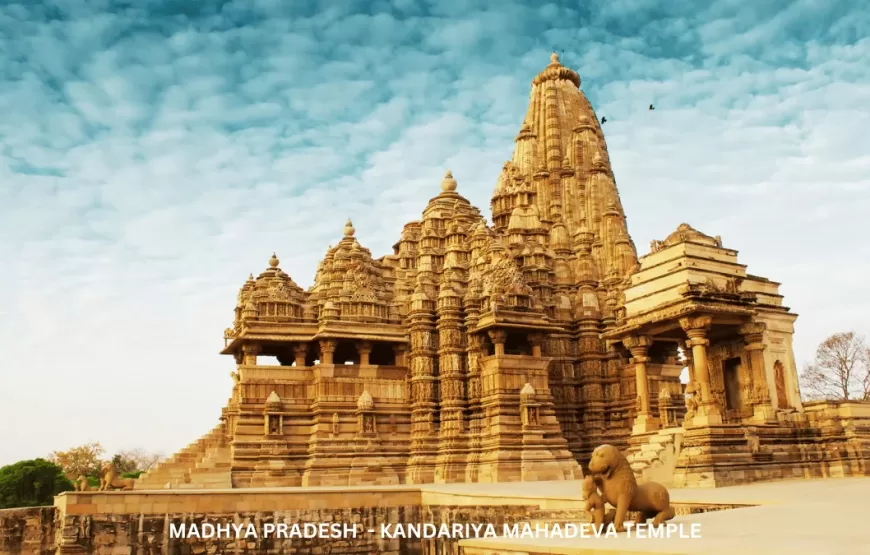
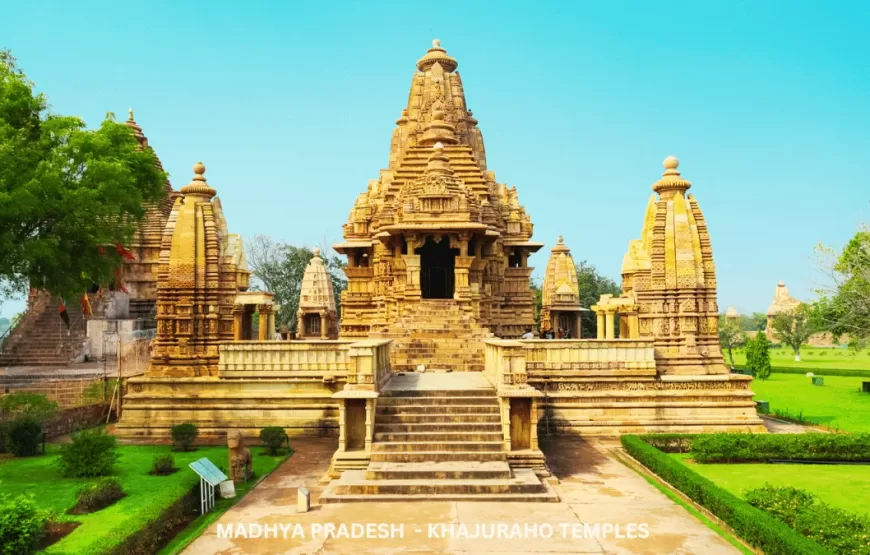
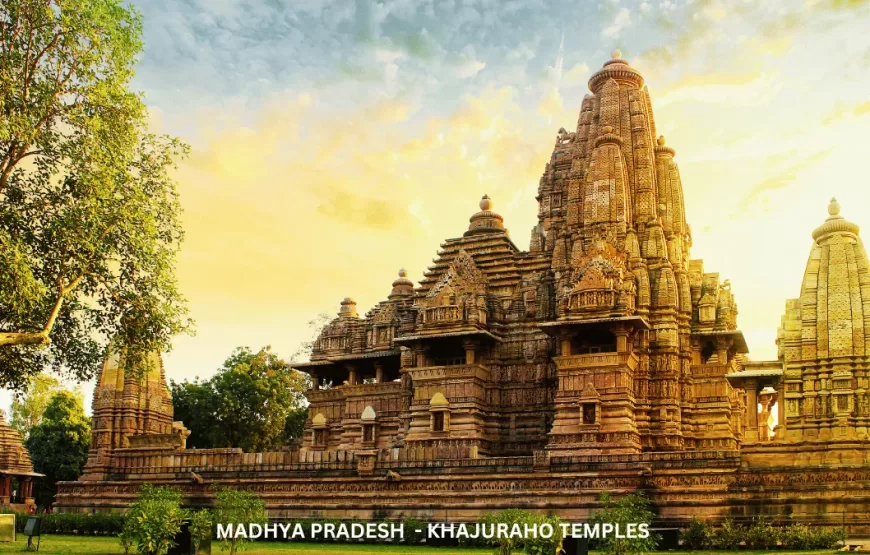
The Jyotirlingas are sacred shrines dedicated to Lord Shiva, and there are 12 prominent ones located across India. Madhya Pradesh is home to three of these Jyotirlingas, and embarking on a Jyotirlingas tour in the state is a significant pilgrimage for devotees of Lord Shiva. Here’s a description of the three Jyotirlingas in Madhya Pradesh:
Mahakaleshwar Jyotirlinga (Ujjain):
Mahakaleshwar Jyotirlinga is one of the most revered shrines in Ujjain, located on the banks of the Shipra River.
The presiding deity is Lord Shiva in the form of Mahakala, representing the lord of time.
The temple is known for its unique idol of Lord Shiva, which faces south, making it one of the very few in India with this orientation.
The Bhasma Aarti, performed daily in the early morning, is a major attraction for pilgrims.
Omkareshwar Jyotirlinga (Mandhata Island, Khandwa District):
Omkareshwar Jyotirlinga is situated on Mandhata Island in the Narmada River and is known for its distinctive Om-shaped island.
The presiding deity here is Lord Shiva in the form of Omkareshwar, signifying the sacred sound ‘Om.’
Pilgrims often undertake a parikrama (circumambulation) of the island, visiting various smaller temples along the way.
The Aarti performed on the ghats of the Narmada River is a spiritually enriching experience.
Kashi Vishwanath Jyotirlinga (Varanasi – Close to Madhya Pradesh Border):
Although Kashi Vishwanath Jyotirlinga is primarily located in Varanasi, Uttar Pradesh, it is close to the Madhya Pradesh border and is often included in the Jyotirlingas tour of the region.
This Jyotirlinga is dedicated to Lord Shiva as Vishwanath, the ruler of the universe.
The Kashi Vishwanath Temple in Varanasi is one of the most famous and sacred Hindu temples in the world.
Pilgrims visit to seek the blessings of Lord Shiva and to perform various rituals and prayers.
A Jyotirlingas tour in Madhya Pradesh and its neighboring regions is not only a spiritual journey but also an opportunity to explore the rich cultural and historical heritage of the area. These sacred sites attract millions of devotees and tourists annually, making them a significant part of India’s religious landscape.
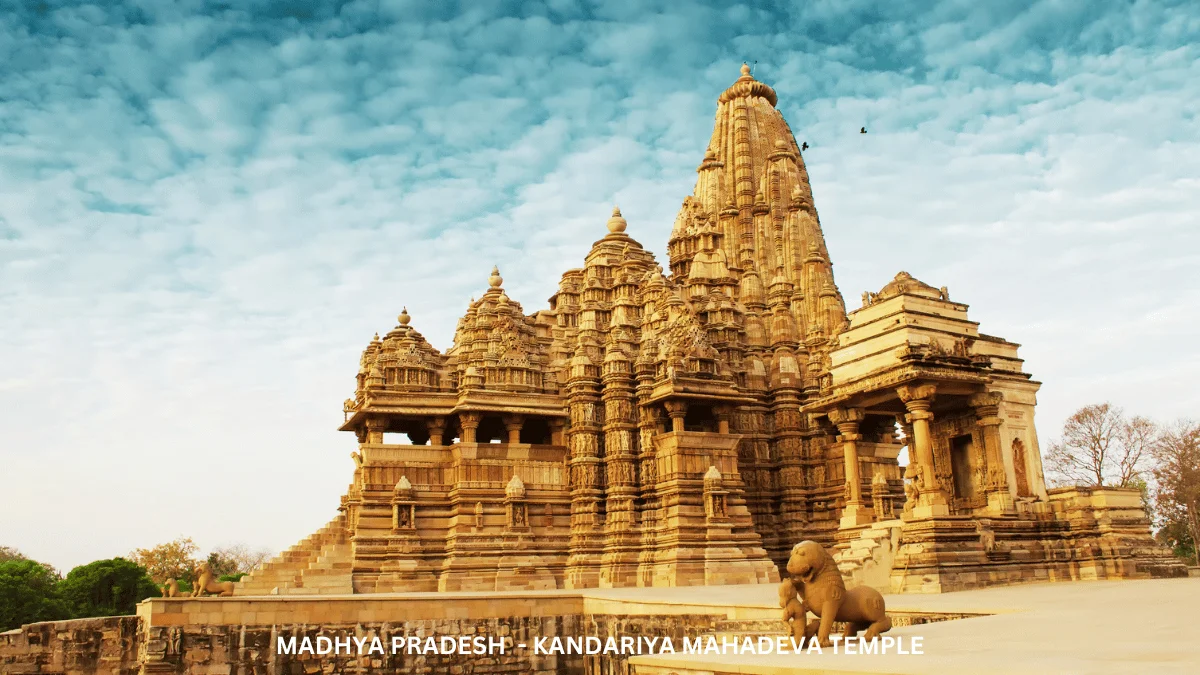
Day 02: UJJAIN - OMKARESHWAR (135 Kms/3.5 hrs) -MAHESHWAR (70 Kms/ 1.5 hrs)
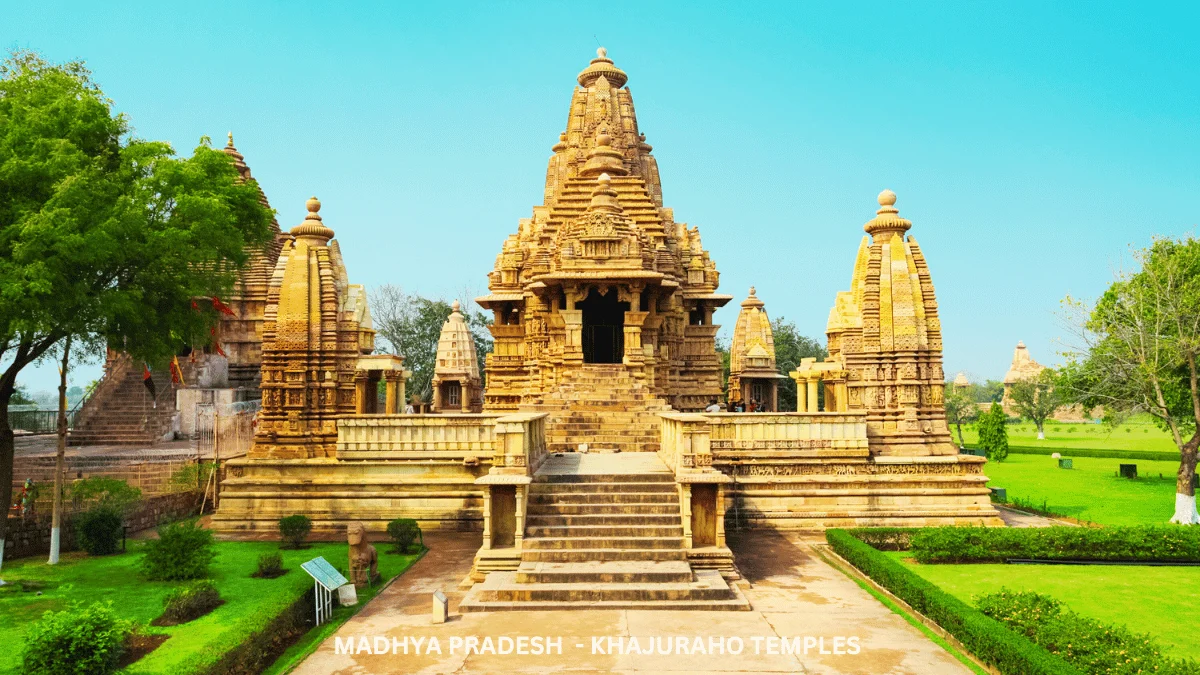
Morning breakfast, proceed for Omkareshwar, Visit Omkareshwar Temple (one of the twelve Jyotirlinga temples).visit Mamleshwar Temple. Later transferred to Maheshwar. Check in the hotel. Overnight stay
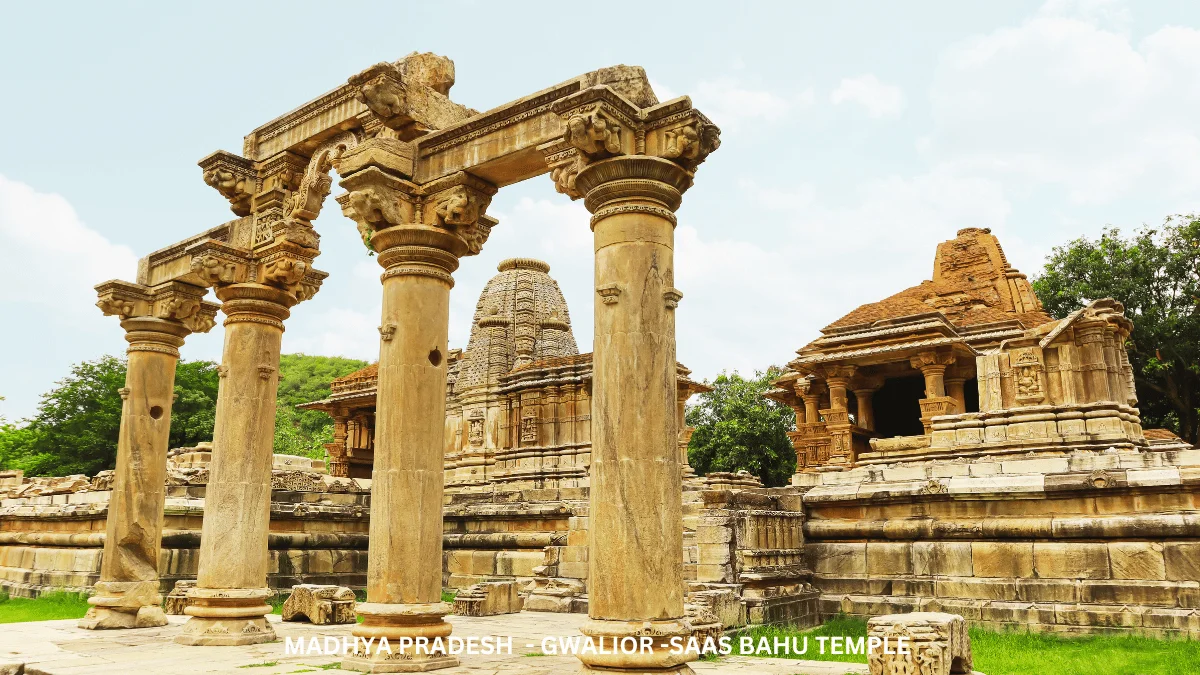
Morning breakfast, check out from the hotel & visit Maheshwar Ahilya fort, Ahilya mata's cenotaph, Baneshwar Mahadev Temple, Rajarajeshwari Temple, Ek Mukhi Datta Temple. Later transferred to Indore. Check-in at the hotel. Evening visit Chappan gali (food Hub Street). Return back to the hotel. Overnight stay

Morning breakfast, check-out hotel & visit local sightseeing Khajrana Ganesh Mandir & Lal bagh. Later drop to Indore railway station / Airport
What are Jyotirlingas?
Jyotirlingas are shrines that represent Lord Shiva, and they are believed to be self-manifested forms of the deity. There are twelve Jyotirlingas in India, each associated with a unique legend and significance.
Which Jyotirlingas are in Madhya Pradesh?
Madhya Pradesh is home to two of the twelve Jyotirlingas: Omkareshwar and Mahakaleshwar. Omkareshwar is located on an island in the Narmada River, and Mahakaleshwar is in the city of Ujjain.
What is the significance of visiting Jyotirlingas?
Visiting Jyotirlingas is considered highly auspicious and is believed to bring spiritual enlightenment, blessings, and the fulfillment of one's desires. Devotees come to seek the blessings of Lord Shiva and perform rituals and prayers at these sacred sites.
How do I plan a Jyotirlingas tour in Madhya Pradesh?
To plan a Jyotirlingas tour in Madhya Pradesh, you can start by researching the two Jyotirlingas in the state: Omkareshwar and Mahakaleshwar. Make a travel itinerary that includes these destinations. You can also seek guidance from local travel agents or tour operators who specialize in religious pilgrimages.
When is the best time to visit the Jyotirlingas in Madhya Pradesh?
The best time to visit the Jyotirlingas in Madhya Pradesh is during the winter months, from November to February, as the weather is pleasant and comfortable. Avoid the monsoon season, which typically lasts from July to September, as it can be rainy and humid.
Are there any rituals or ceremonies I should be aware of?
Yes, there are specific rituals and ceremonies associated with visiting Jyotirlingas. Devotees often perform Abhishek (ritual bathing of the lingam) and offer various items such as flowers, bilva leaves, and milk to the deity. It's important to follow the guidelines and customs of each temple and show respect for the traditions.
Can I take photographs inside the temples?
Photography rules may vary from one temple to another. It's important to respect the rules and regulations of each temple and avoid taking photographs in areas where it is not allowed, especially during religious ceremonies.
Is there any dress code to follow?
Many temples have a dress code, which typically involves wearing modest and traditional clothing. It's advisable to wear attire that covers your shoulders and knees when visiting these sacred sites.
What other attractions can I visit in Madhya Pradesh during the tour?
Madhya Pradesh is known for its rich cultural and historical heritage. While on your Jyotirlingas tour, you can also explore other attractions like Ujjain's historic sites, the Narmada Ghat in Omkareshwar, and nearby national parks and wildlife sanctuaries.
How do I get to Madhya Pradesh for the Jyotirlingas tour?
Madhya Pradesh is well-connected by air, rail, and road. You can choose the mode of transportation that suits your convenience and budget. Major airports in Madhya Pradesh are located in cities like Bhopal and Indore.
Remember to plan your trip well in advance, and consult with local authorities and guides to ensure a smooth and spiritually fulfilling Jyotirlingas tour in Madhya Pradesh.